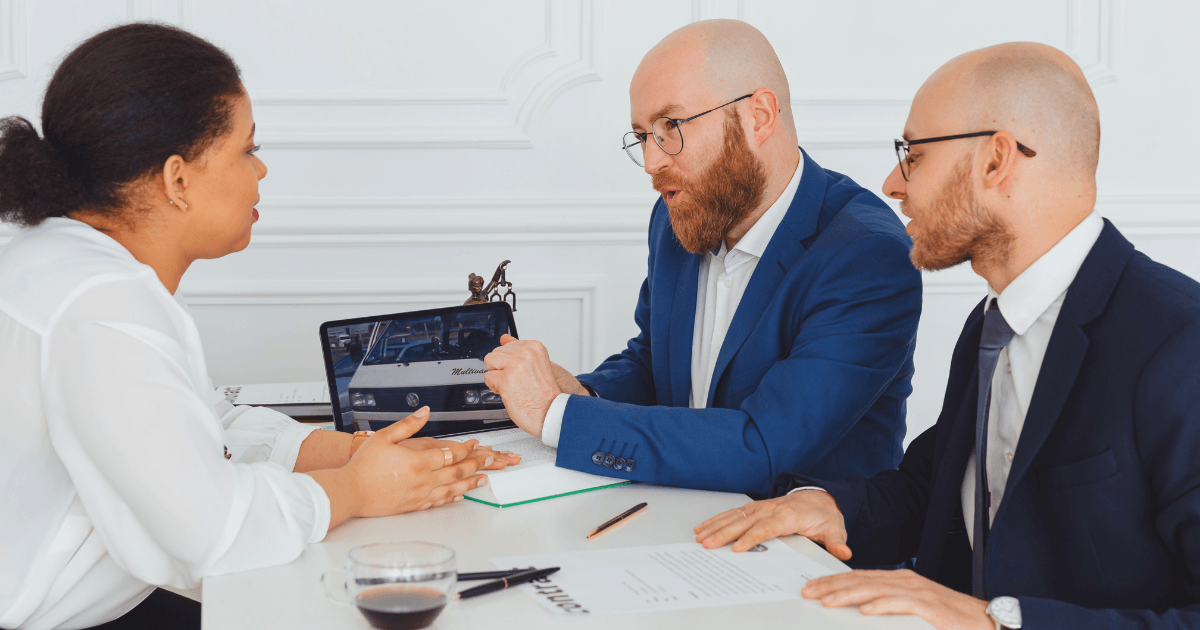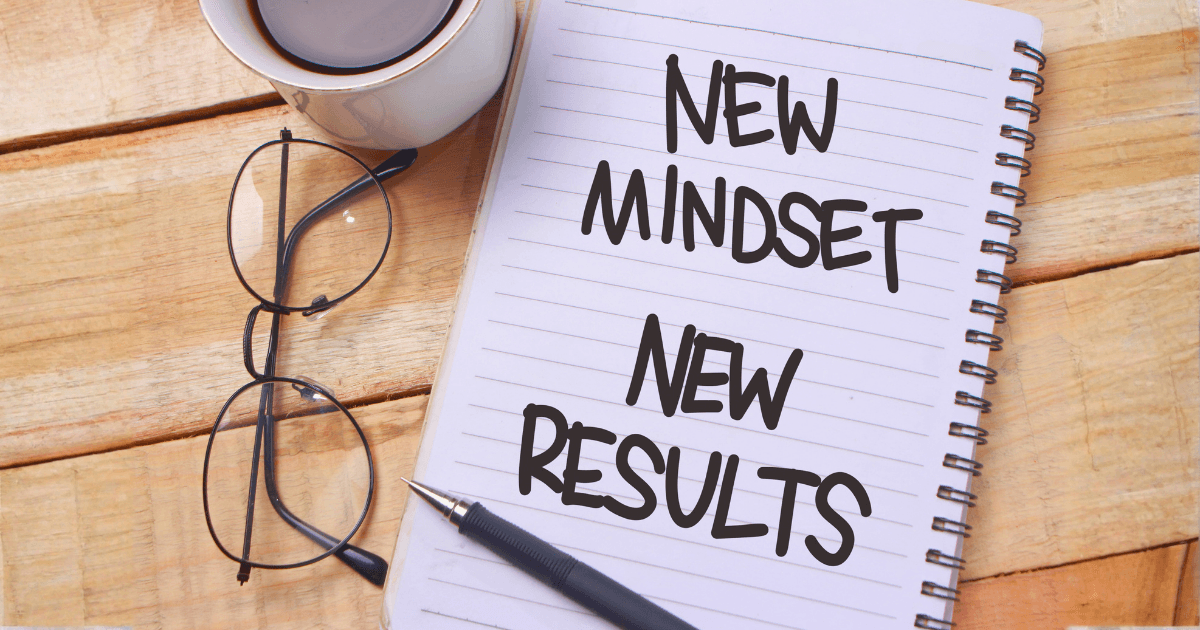Burnout Recovery Plan: How I Came Back After Hitting Rock Bottom in My Business

I still remember the exact moment I realized I had hit rock bottom.
It was a Tuesday afternoon, and I was sitting in my car in the parking lot outside my office. I had just ended a client call—one that should have been routine but instead had me fumbling for answers to basic questions. My heart was racing, my thoughts scattered. I couldn’t remember the last time I’d slept more than four hours straight.
I put my head on the steering wheel and did something I hadn’t done in years: I broke down sobbing.
After building my marketing agency from zero to seven figures in three years, I was supposed to be living the entrepreneur’s dream. Instead, I was experiencing what I now recognize as severe burnout—a state of complete physical, mental, and emotional exhaustion that had been building for months.
My relationships were suffering. My health was deteriorating. And despite working 80+ hour weeks, my business was starting to show cracks as my decision-making faltered.
That parking lot breakdown became my turning point—the moment I realized something had to change or I would lose everything I’d worked so hard to build.
Today, two years later, my business is thriving, I’m working reasonable hours, and I’ve reclaimed my health and relationships. The journey from burnout to recovery wasn’t quick or easy, but it was transformative.
In this post, I’m sharing the exact recovery plan that helped me rebuild—not just my business, but my entire approach to entrepreneurship and life. If you’re feeling the symptoms of burnout or have already hit your own rock bottom, I hope my experience offers both practical guidance and the reassurance that you can come back stronger.
The Warning Signs I Ignored (Until I Couldn’t)
Looking back, the signs of impending burnout were clear, though I dismissed them as “normal” entrepreneurial struggles:
Physical Symptoms
- Chronic insomnia (falling asleep was easy; staying asleep was impossible)
- Persistent headaches that no amount of ibuprofen could touch
- Constant fatigue, regardless of how much coffee I consumed
- Frequent illnesses as my immune system weakened
- Digestive issues triggered by stress
Mental and Emotional Signs
- Decision paralysis over even minor choices
- Increased irritability with team members and family
- Emotional numbness toward achievements that should have excited me
- Anxiety that transformed into panic attacks
- A persistent feeling that I was always behind
Business Impact
- Missing deadlines I would never have missed before
- Making careless mistakes in client deliverables
- Avoiding important calls and emails
- Resenting clients I once enjoyed working with
- Declining quality of work despite working longer hours
According to the World Health Organization, burnout is characterized by “feelings of energy depletion or exhaustion; increased mental distance from one’s job, or feelings of negativism or cynicism related to one’s job; and reduced professional efficacy.”
I was checking all three boxes—and then some.
My Rock Bottom Moment: The Wake-Up Call
That breakdown in my car wasn’t the end of my story—it was the beginning of my recovery. After sitting there for nearly an hour, I made two calls that changed everything:
- To my primary client, postponing our project deadline by two weeks
- To my therapist, scheduling an emergency session for the following morning
Both calls were terrifying. As entrepreneurs, we’re conditioned to push through, to never show weakness, to maintain the illusion of having everything under control. Making those calls meant admitting I didn’t—and that admission felt like failure.
My client’s response surprised me: “I was wondering when you’d finally acknowledge you needed a break. Take three weeks, not two.”
My therapist’s words hit even harder: “This isn’t sustainable, and you know it. It’s time to decide what matters more—your business as it exists today, or your life.”
The Burnout Recovery Plan: My Step-by-Step Process
After that wake-up call, I developed a structured recovery plan. This wasn’t a weekend self-care retreat or a quick fix—it was a comprehensive approach to rebuilding my relationship with work, success, and myself.
Here’s the exact process I followed:
Phase 1: Emergency Stabilization (Weeks 1-2)
The first phase focused on stopping the immediate damage and creating space for recovery.
Step 1: Create a Crisis Management Plan for the Business
I couldn’t simply abandon my business, but I needed to dramatically reduce my workload. My crisis management plan included:
- Identifying the absolute minimum client commitments that couldn’t be postponed
- Delegating everything possible to my team
- Bringing in a trusted colleague as a temporary project manager
- Implementing an email autoresponder explaining my limited availability
- Canceling all non-essential meetings for two weeks
Step 2: Address Physical Depletion
Burnout has very real physical consequences that need immediate attention:
- I scheduled a complete physical with my doctor, who found my cortisol levels were dangerously high
- I committed to a strict 10pm-6am sleep schedule with no exceptions
- I eliminated caffeine after noon and alcohol entirely
- I began daily 30-minute walks outdoors, regardless of weather
- I prepared simple, nutritious meals instead of skipping or stress-eating
Step 3: Create a “Worry Container”
My mind was constantly racing with business concerns. I implemented a technique my therapist recommended:
- I set aside 30 minutes each day as my designated “worry time”
- During this time, I wrote down every concern, fear, and pending decision
- Outside of this time, when worries arose, I noted them briefly to address during the next worry session
- This simple practice helped contain the constant anxiety that was hijacking my attention
Results of Phase 1: After two weeks, I was sleeping better, the constant knot in my stomach had loosened, and I had created enough space to think clearly about next steps rather than just reacting to emergencies.
Phase 2: Root Cause Analysis and Redesign (Weeks 3-6)
With the immediate crisis stabilized, I focused on understanding how I’d reached burnout and redesigning my approach to business.
Step 4: Conduct a Burnout Audit
I needed to identify the specific factors that led to my burnout. I created a spreadsheet with four columns:
- Energy Drains: Activities, clients, or situations that consistently depleted me
- Energy Sources: Activities that energized or fulfilled me
- Unnecessary Obligations: Commitments I had taken on that weren’t truly essential
- Missing Boundaries: Areas where I needed to establish clearer limits
This audit revealed patterns I hadn’t noticed: certain types of clients consistently drained me, I had abandoned activities that previously recharged me, and I had virtually no boundaries around my availability.
Step 5: Redesign the Business Model
Based on my audit, I made structural changes to my business:
- I raised my rates by 30% and created a more selective client acceptance process
- I narrowed our service offerings to focus on work we excelled at and enjoyed
- I established clear communication boundaries (no client calls before 10am or after 4pm)
- I built in buffer time between projects rather than booking back-to-back deadlines
- I shifted from hourly billing to value-based project fees to break the time-for-money trap
Step 6: Rebuild My Support System
I realized I had isolated myself, trying to handle everything alone. To counter this, I:
- Joined an entrepreneur’s mastermind group focused on sustainable business practices
- Started working with a business coach who specialized in agency owner burnout
- Reconnected with entrepreneur friends I’d lost touch with
- Began regular date nights with my partner to rebuild our connection
- Found a therapist who understood the specific challenges of entrepreneurship
Results of Phase 2: By week six, I had a clearer understanding of how I’d reached burnout and a redesigned business model that addressed the structural issues. I also felt less alone in my struggles as I rebuilt my support network.
Phase 3: Sustainable Recovery Practices (Weeks 7-12)
With emergency measures in place and root causes addressed, I focused on building sustainable practices for long-term wellbeing.
Step 7: Implement Daily Non-Negotiables
I identified five daily practices that would serve as the foundation of my recovery:
- 20 minutes of morning meditation before checking email or messages
- 30 minutes of physical movement (walking, yoga, or strength training)
- 3 scheduled breaks during the workday (minimum 15 minutes each)
- A firm work shutdown ritual at 6pm
- A gratitude practice before bed to break the cycle of worry
These weren’t “nice to have” activities—I treated them as non-negotiable appointments with myself, scheduling everything else around them.
Step 8: Develop a Sustainable Productivity System
My previous approach to productivity had been “do more, sleep less.” I replaced this with a system based on energy management rather than time management:
- I tracked my energy levels throughout the day for two weeks to identify my natural peaks and valleys
- I scheduled creative and strategic work during high-energy periods
- I batched administrative tasks during lower-energy times
- I implemented the Pomodoro Technique (25 minutes of focused work followed by a 5-minute break)
- I limited myself to 3 major priorities per day rather than endless to-do lists
Step 9: Create a Burnout Prevention Protocol
To prevent falling back into old patterns, I developed early warning systems:
- Weekly self-assessment using a burnout scale of 1-10 across physical, mental, and emotional dimensions
- Monthly review of business metrics to ensure alignment with my values
- Quarterly “personal board meetings” with my coach to evaluate work-life integration
- Scheduled vacations and digital detoxes throughout the year
- A list of my personal “burnout triggers” with specific countermeasures for each
Results of Phase 3: By the three-month mark, I had established sustainable practices that supported both my wellbeing and business growth. My energy had returned, and I was working fewer hours while accomplishing more meaningful work.
The Mindset Shifts That Made Recovery Possible
While the practical steps were essential, my recovery also required fundamental shifts in how I thought about success, productivity, and my identity as an entrepreneur.
From “Hustle” to “Sustainable Impact”
I had fully bought into the entrepreneurial “hustle culture” that glorifies overwork and sacrifice. My new definition of success became sustainable impact—creating value while maintaining my wellbeing.
From “Either/Or” to “Both/And” Thinking
I had believed I faced a binary choice: business success or personal wellbeing. I now understand that true success requires both—they are interdependent, not mutually exclusive.
From “I Am My Business” to “I Run My Business”
My identity had become completely fused with my business. Any business setback felt like a personal failure. I learned to create healthy separation between who I am and what I do.
From “More” to “Enough”
I had been caught in an endless cycle of pursuing more—more clients, more revenue, more growth. I redefined what “enough” meant for me across various dimensions of business and life.
From “Comparison” to “Personal Metrics”
I stopped measuring my success against other entrepreneurs and developed my own metrics aligned with my values and definition of success.
One Year Later: The Unexpected Benefits of Burnout Recovery
It’s been over a year since I implemented my recovery plan, and the results have surprised me:
- Business Growth: Despite working fewer hours and taking on fewer clients, our revenue increased by 34% as we focused on higher-value work with better-fit clients.
- Team Culture: As I modeled healthier work habits, my team followed suit. Turnover dropped to zero, and creativity flourished.
- Innovation: With more mental space and energy, I developed two new service offerings that have become our most profitable revenue streams.
- Personal Growth: I rediscovered interests and relationships outside of work that make me a more well-rounded person and, ironically, a better entrepreneur.
- Resilience: When business challenges arise (as they inevitably do), I now have the reserves to handle them without spiraling into stress and overwhelm.
Your Burnout Recovery Plan: Where to Start
If you’re experiencing burnout in your business, here’s how to begin your own recovery journey:
1. Acknowledge Where You Are
Burnout thrives in denial. Take the Maslach Burnout Inventory or a similar assessment to objectively evaluate your current state.
2. Create Immediate Space
You cannot recover from burnout while maintaining the same schedule and workload that caused it. What can you postpone, delegate, or eliminate to create immediate breathing room?
3. Attend to Physical Needs First
Sleep, nutrition, hydration, and movement are non-negotiable foundations. Your brilliant business mind resides in a physical body that needs care.
4. Seek Professional Support
Consider working with:
- A therapist who understands entrepreneurial challenges
- A business coach who specializes in sustainable growth
- Healthcare providers to address physical symptoms
5. Rebuild Your Business Around Your Wellbeing
Don’t aim to recover just so you can return to the same patterns. Use this as an opportunity to create a business that supports your whole life.
The Truth About Entrepreneurial Burnout
Perhaps the most important lesson from my journey is that burnout isn’t simply a personal failing or lack of resilience. Often, it’s the result of unsustainable business models, unrealistic expectations, and cultural messages that equate entrepreneurial success with self-sacrifice.
By sharing my story, I hope to contribute to changing that narrative. The most successful entrepreneurs I know aren’t the ones working around the clock—they’re the ones who have built businesses that generate both profit and wellbeing.
Hitting rock bottom in my business turned out to be one of the most valuable experiences of my entrepreneurial journey. It forced me to rebuild with intention, creating a business that serves my life rather than consuming it.
If you’re facing burnout right now, know this: it’s not the end of your story. With the right approach, it can be the beginning of a more sustainable, fulfilling chapter in both your business and your life.
Have you experienced burnout in your business? What strategies helped you recover? Share your experiences in the comments below.







